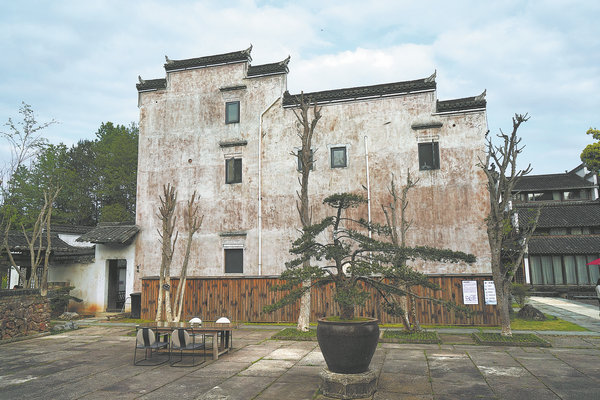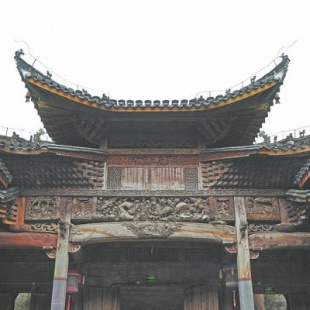Protection takes precedence
To safeguard thousands of historical structures, villages and authorities work to renovate and transform heritage, Xu Lin reports in Shangrao, Jiangxi.


In 2024, four ancient irrigation projects in China were designated World Heritage Irrigation Structures, including the Huizhou Weirs in Anhui and the Wuyuan Weirs in Jiangxi (joint application).
"Working with the county's water resources department, we surveyed the ancient stone weirs based on their provided inventory," says Zhan Jianchun, director of Wuyuan county's cultural heritage conservation center.
These structures reflect the agricultural capabilities and irrigation engineering techniques of their time, providing valuable clues to ancient villages' settlement patterns and population distributions.
The county also surveyed the ancient wells, trees and tombs of historical figures within traditional villages. "We shifted from protecting individual relics to the comprehensive conservation of cultural heritages across the region, fulfilling the principle of leaving no cultural relics unregistered," he says.
During the Song Dynasty (960-1279), a scholar named Li Kan commissioned the construction of Zhongshu Bridge in today's Wuyuan. As part of the fourth national cultural relics census, Zhan and his colleagues rechecked the cultural heritages registered in the third national survey, including this bridge.





































